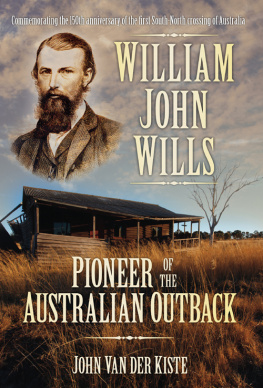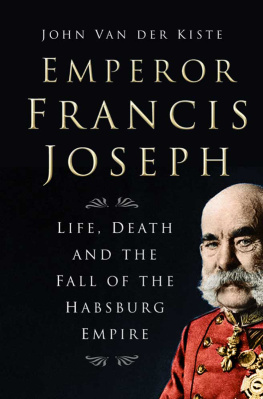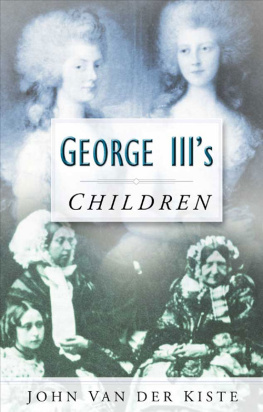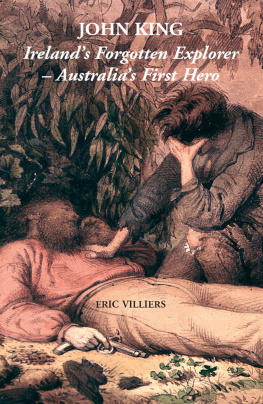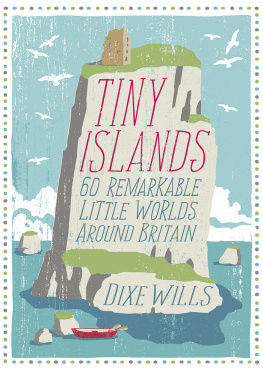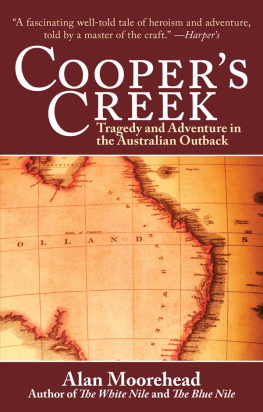W ILLIAM J OHN W ILLS
W ILLIAM J OHN W ILLS
P IONEER OF THE A USTRALIAN O UTBACK
J OHN V AN DER K ISTE
Cover illustrations, front: William John Wills; back:Burke, Wills and King in the desert, from an engraving by Nicholas Chevalier, 1868.
First published in 2011
The History Press
The Mill, Brimscombe Port
Stroud, Gloucestershire, GL 5 2 QG
www.thehistorypress.co.uk
This ebook edition first published in 2011
All rights reserved
John Van der Kiste, 2011
The right of John Van der Kiste, to be identified as the Author of this work has been asserted in accordance with the Copyrights, Designs and Patents Act 1988.
This ebook is copyright material and must not be copied, reproduced, transferred, distributed, leased, licensed or publicly performed or used in any way except as specifically permitted in writing by the publishers, as allowed under the terms and conditions under which it was purchased or as strictly permitted by applicable copyright law. Any unauthorised distribution or use of this text may be a direct infringement of the authors and publishers rights, and those responsible may be liable in law accordingly.
EPUB ISBN 978 0 7524 7250 8
MOBI ISBN 978 0 7524 7249 2
Original typesetting by The History Press
Contents
Acknowledgements
My thanks are due to Mike Wills and other members of the family in England and Australia, and to Dave Phoenix of the Burke and Wills website. Between them they have been a mine of information as well as lending several photographs for reproduction, and cheerfully answering many questions in the course of my researches. Wendy Major, Ruth Westall and Brian Lewis were kind enough to show me round St Lawrence Chapel Heritage Centre, Ashburton, the site of Wills former school, in addition to providing me with illustrations and the benefit of their expertise. Both Barrington Weekes of Totnes Image Bank and Rural Archive and Paul Spiring assisted with additional material, as did Russ Parkin with some of the photography. As ever I am eternally grateful to my wife Kim, who read the manuscript and made several useful suggestions for improvement and assisted with the photography. My final acknowledgements are to my editors Simon Hamlet, Abbie Wood and Lindsey Smith at The History Press, for their encouragement and hard work in seeing the book through to publication.
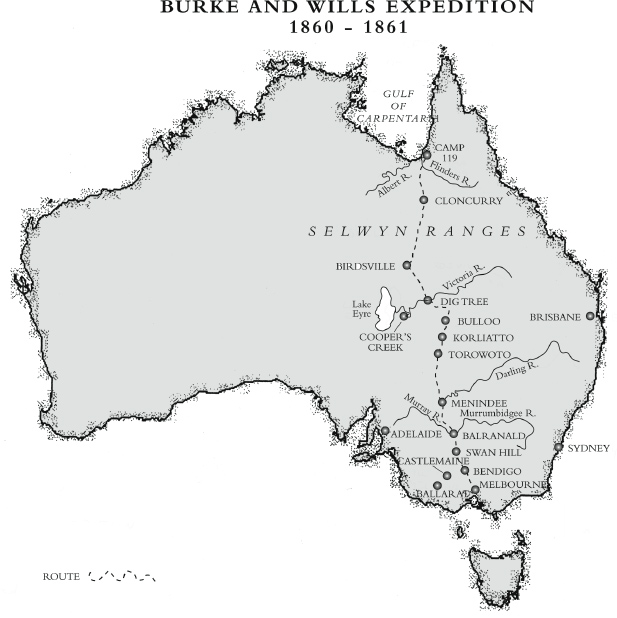
Introduction
Among the annals of British explorers during the last 200 years, no name perhaps ranks higher than that of Robert Falcon Scott, leader of the ill-fated expedition to the Antarctic in 191112, who perished with his companions. By curious coincidence, another man born in South Devon in the nineteenth century was similarly destined to play a major role in important exploration. Like Scott, he (and his leader) came tantalisingly near to success just fifty years earlier, but a combination of errors and severe misfortune meant that he too perished on the journey.
His name was William John Wills, a tragic hero of his time. Initially appointed as the surveyor, he was later promoted to second-in-command, and is rightly remembered as the first person to navigate a route across Australia from Melbourne in the south, to the Gulf of Carpentaria on the north coast. Again, like Scott, it is ironic that Wills might not be remembered so well by successive generations if he had returned from the expedition alive and well.
The story of the Burke and Wills expedition or as the people of Totnes declared at a public meeting after his fate was known, the Wills and Burke expedition has been told by several authors, notably Alan Moorehead, Tim Bonyhady and Sarah Murgatroyd, whose invaluable studies are cited in the bibliography. Posterity has been grateful to Wills for his conscientiously kept journal of the expedition, without which only meagre records and recollections of the venture would exist. However, despite this, until now no individual biography has sought to portray the short life of Wills in full. It is the aim of this book to redress the balance.
The four seasons of the year are different in Britain and Australia. As a rule, summer in Australia is considered to last from December to February, autumn from March to May, winter from June to August and spring from September to November. The Victorian exploring expedition, which departed from Melbourne in August 1860, therefore set off in winter.
1
A Devon Childhood
The surname Wills comes from the Anglo-Saxon atte wille, meaning living by the water. In the tax returns for 1332, there were twenty-eight men named Wills listed as living in south Devon, each one a potential source of a different Wills lineage. Most of them were born and lived in southeast Devon, in or near the towns and villages of Totnes, Ilsington, Lustleigh, Bovey Tracey and Bickington. They chose their wives from the neighbouring areas and sometimes there were marriages between cousins in order to merge their holdings of land. In due course there were more male members of the family than farms available, and some either adopted other occupations or immigrated to America, Canada or Australia.
By the beginning of the nineteenth century, therefore, the Wills family had been farming in Devon for several generations. John Wills, born in 1760, had farms firstly at Smallacombe, Dawlish, then at Compton Barton, near Marldon close to Compton Castle and Torquay. In 1787 he married Sally Rendell at Combe-in-Teignhead, and between 1788 and 1804 they had nine children. The eldest, Sarah, married Commander Henry Le Vesconte of Jersey and they settled in Canada in the 1830s. Their son, also called Henry, was a member of the polar expedition led by Sir John Franklin in 1845 to search for the Northwest Passage, and perished with the rest of his men when their ship became icebound in the Canadian Arctic. Over a century later, his bones were found and buried at Greenwich. Exploration, it seems, was in the familys blood.
The youngest of their nine children, William, was born at Ilsington, according to different sources in 1800 or 1804. After studying medicine he married Sarah Mary Elizabeth Calley in 1830, and they settled at No 3 The Plains, in Totnes. It was here he established his own practice and their seven children were born. A daughter, Elizabeth Rose, who was born on 18 September 1831 and died in 1852, was the first. She was followed by William John on 5 January 1834; the short-lived Thomas was born in 1835 but died a year later; another son who took the same first name, Thomas James, was born in 1837; a third son, Charles Henry, was born on 23 September 1839; and finally two more daughters, Elizabeth Margaret, born on 30 January 1843, and Hannah, born on 24 March 1845.

